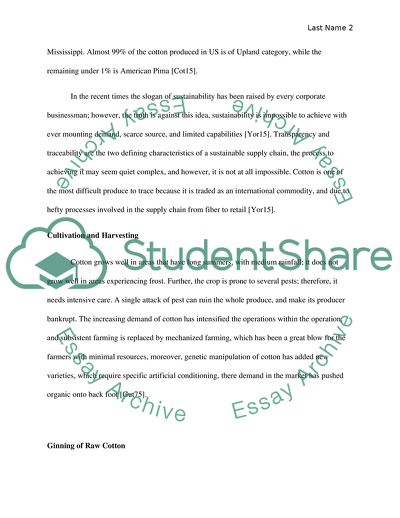Cite this document
(Commodity-Chain Assignment Essay Example | Topics and Well Written Essays - 1500 words, n.d.)
Commodity-Chain Assignment Essay Example | Topics and Well Written Essays - 1500 words. https://studentshare.org/macro-microeconomics/1857415-commodity-chain-assignment
Commodity-Chain Assignment Essay Example | Topics and Well Written Essays - 1500 words. https://studentshare.org/macro-microeconomics/1857415-commodity-chain-assignment
(Commodity-Chain Assignment Essay Example | Topics and Well Written Essays - 1500 Words)
Commodity-Chain Assignment Essay Example | Topics and Well Written Essays - 1500 Words. https://studentshare.org/macro-microeconomics/1857415-commodity-chain-assignment.
Commodity-Chain Assignment Essay Example | Topics and Well Written Essays - 1500 Words. https://studentshare.org/macro-microeconomics/1857415-commodity-chain-assignment.
“Commodity-Chain Assignment Essay Example | Topics and Well Written Essays - 1500 Words”. https://studentshare.org/macro-microeconomics/1857415-commodity-chain-assignment.


